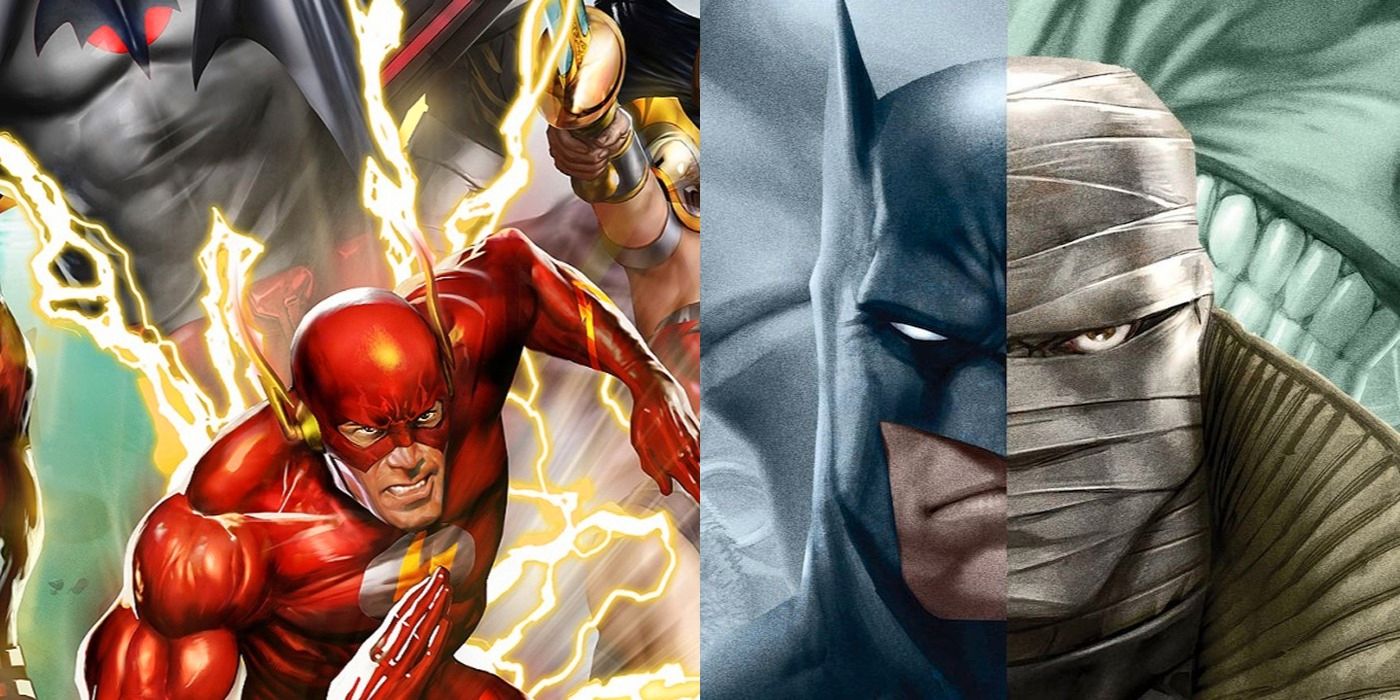Table of Contents
Justice League Dark
DC’s Vertigo imprint was home to some of the company’s most sophisticated and acclaimed stories, and this film introduces characters from that side of the DC universe, including Zatanna, John Constantine, Swamp Thing, and Deadman. These stories were darker and deals with more mature themes than the company’s main output, and they were very well received by readers and critics alike.
These characters had been touched by the comic gods. Alan Moore, Neil Gaiman, Pat Mills, and a host of other creators. These characters brought credibility to a medium that, at the time, some thought to be only kids’ stuff.
It makes sense, then, that when these characters made their animated debut, it would be in a film that had an R rating. The film is much more violent than the others, and the language a bit saltier, but it’s not terribly obscene. For these characters to be honest with their comic book counterparts, some salty language had to be allowed.
The film presents a mystery in which average citizens are murdering those they believe are demons. The Justice League realizes that Magic is not their forte, so Batman reaches out to a friend in that realm, who then conjures up a team of sorcerers and dead men to solve the case and save the world.
This film was highly entertaining, very smartly written, and the animation was once again, top-notch.
Teen Titans: The Judas Contract
The next entry in the shared universe, The Judas Contract, is named after and inspired by the Titans’ most notable comic storyline of the same name. The story revolves around the Titans trying to bond as a team while also taking on the villain Brother Blood and his cohorts. A year prior, they took on a new team member, Terra, and they are still working to help her open up and truly be part of the family.
The interesting thing about this movie is that, like the comics, some changes have been made to the team dynamic. In the original story, for example, Cyborg was a member, and Robin was still Grayson. In the movie, Damian is Robin (though is present as Nightwing) and Blue Beetle is taking Cyborg’s spot on the roster. It’s quite a different take than the version of the team most people would be used to. Starfire, for sure, is portrayed differently than her Teen Titans Go version.
Suicide Squad: Hell to Pay
The Suicide Squad is a dark and gritty party of the DC Animated universe that is consists of villains that are forced to do the government’s bidding or suffer extreme consequences. Amanda Waller is their handler and she chose the team based on the assignment. Some of the regulars on the team are Deadshot, Captain Boomerang, and Bronze Tiger, but the team often rotated because, as the name suggests, some of the villains didn’t quite make it back.
This film is inspired by the live-action film in its tone and subject matter. The team’s mission is to retrieve a card, not knowing that there are two groups of villains after it. The team consists of Deadshot, Captain Boomerang, Bronze Tiger, Copperhead, and Killer Frost. Also on the team is Harley Quinn, who is inspired by the live-action film’s version of the character.
This is the second DC animated universe film to have an R rating. It’s very graphic, with lasered-off limbs, bullet wounds to the head, and even a nip slip if you look closely.
It’s a very adult cartoon, much more than Justice League Dark. But at the same time, none of the characters act out of character. While Suicide Squad was never a Vertigo title when it was published by DC Comics, its subject matter fits the R rating.
